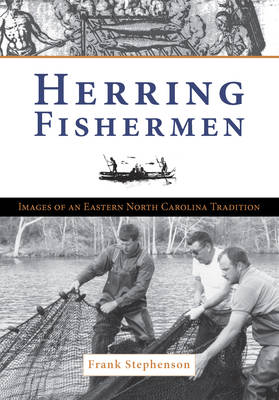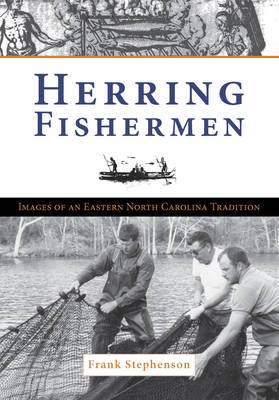
- Afhalen na 1 uur in een winkel met voorraad
- Gratis thuislevering in België vanaf € 30
- Ruim aanbod met 7 miljoen producten
- Afhalen na 1 uur in een winkel met voorraad
- Gratis thuislevering in België vanaf € 30
- Ruim aanbod met 7 miljoen producten
Zoeken
€ 30,95
+ 61 punten
Omschrijving
With their dip nets, pound nets, haul seines and juniper boats, residents of Eastern North Carolina waited for the river herring to come home in March, April and May to where they had been spawned. They waited for the muddy rivers, creeks, branches and small streams to flash with a white and silver. In the past, millions of herring would swim up Eastern North Carolina's rivers and creeks from the Atlantic Ocean to spawn each spring. Herring fishermen at dozens of fisheries throughout the region pulled nets teeming with herring from the waters, and their catches provided food for residents and a product that was shipped nationwide and as far away as Europe. Recent decades have seen a dramatic drop in the returning herring population, due in large part to the effects of pollution and excessive trawling by foreign fleets. In an effort to save the fish, a statewide ban on river herring fishing was recently instituted. What was once a thriving industry is now on the brink of extinction, and a colorful chapter in North Carolina's history could be coming to a close. As a boy, Frank Stephenson fished for herring with his father and fondly recalls helping catch, clean and salt the silvery fish. With this collection of striking photographs that span half a century of herring fisheries in Eastern North Carolina, Stephenson tells the captivating story of an industry and helps to preserve a way of life and culture for generations to come.
Specificaties
Betrokkenen
- Auteur(s):
- Uitgeverij:
Inhoud
- Aantal bladzijden:
- 160
- Taal:
- Engels
- Reeks:
Eigenschappen
- Productcode (EAN):
- 9781596292697
- Verschijningsdatum:
- 31/05/2007
- Uitvoering:
- Paperback
- Formaat:
- Trade paperback (VS)
- Afmetingen:
- 174 mm x 245 mm
- Gewicht:
- 399 g

Alleen bij Standaard Boekhandel
+ 61 punten op je klantenkaart van Standaard Boekhandel
Beoordelingen
We publiceren alleen reviews die voldoen aan de voorwaarden voor reviews. Bekijk onze voorwaarden voor reviews.








